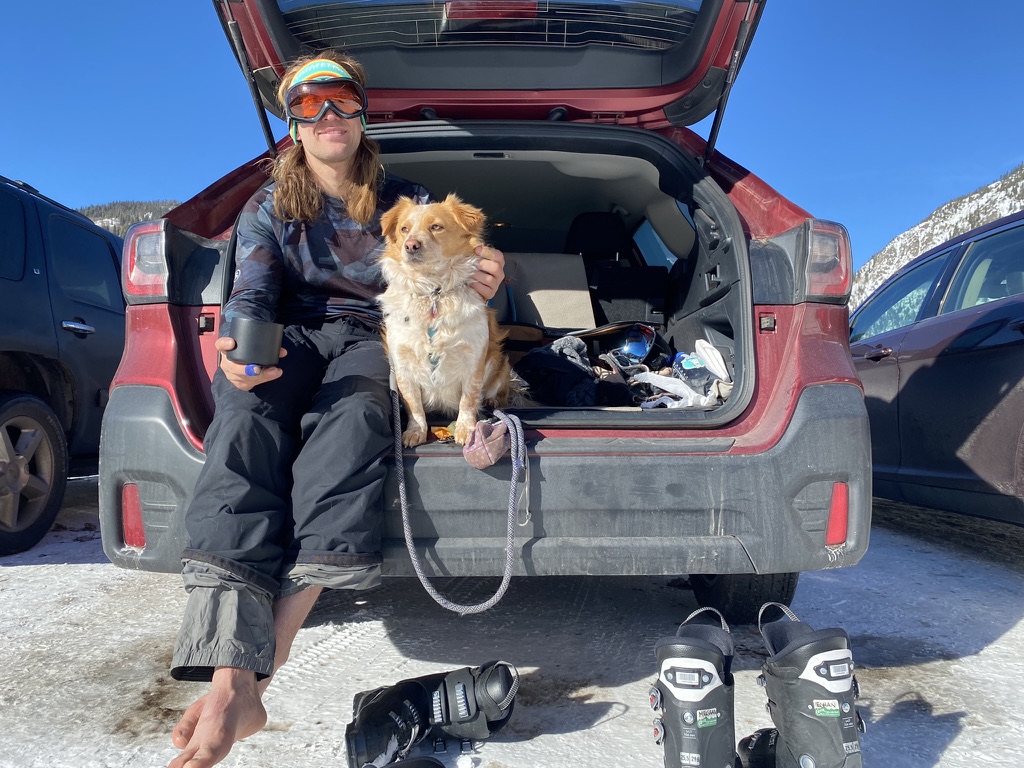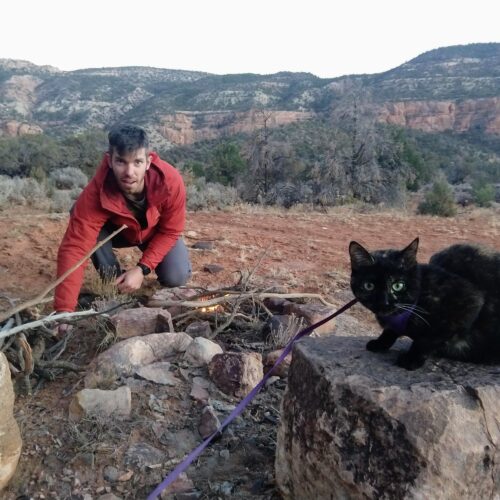The word “budgeting” may inspire an exaggerated eye roll but it’s actually the secret weapon of those who reach financial independence.
One of the beautiful parts of financial independence is that it looks different for everyone—aside from one constant: budgeting.
Reaching FI is far more than increasing your income (although it certainly helps). Getting to financial independence is about knowing your spending habits intimately and practicing some hard-won discipline.
We’re going to dig deeper into what it looks like to trim your expenses—even those that are unavoidable. But first, a note about tracking spending.
Budgeting is the first step to achieving financial independence
In my early adulthood, I probably only checked my bank account a few times a month. I’d make sure I had enough money to pay my bills, and just floated on a vague knowledge of what was in there.
Budgeting back then meant having just enough to cover my living costs and lifestyle. Savings wasn’t a factor, and investing was mysterious and complicated and risky, or so I thought.
It turns out it was my lifestyle that was risky. I was always teetering on the edge of being broke, and it kept me from succeeding as a young professional earning a decent salary.
Knowledge is power
It wasn’t until my late 20s that I realized I wasn’t doing myself any favors by hiding from my bank account. While I didn’t start really saving and investing until my mid-30s, I began taking a more strategic approach and carefully calculating what I needed to get by.
More often than not, my big savings goals were around travel and adventure. I had short-term goals that were fairly easy to achieve. This allowed me to take extended trips around the world with little worry about earning.
Taking it to the next level: budgeting apps
I began using budgeting apps two years ago because I suddenly had a large savings goal in mind: buying a house. So, my husband and I started squirreling money away each month.
While I hadn’t yet discovered the power of investing, my budgeting app (YNAB) helped me understand my spending habits. I was able to categorize my spending into major buckets such as monthly bills (broken down into categories such as rent, utilities, insurance, etc) and consistent expenses (fuel, groceries, dining out, etc).
This was a major turning point in my financial life. I felt a level of clarity I’d been missing; a daily snapshot of my spending habits. I now categorize transactions regularly through YNAB’s app on my phone which helps me stay on top of my budget.
Unleashing the power of tracking spending
The exciting part of this came last year when I started my deep dive into financial independence.
I realized that my knack for frugality could be my superpower when it comes to achieving financial independence.
Eventually, I added a new category in my budgeting app: Savings. I allocated nearly 50% of our monthly income into these savings goals, split between our house savings and investments.
Taking control of my spending gave me a level of confidence that’s both vital and empowering for my path to FI.
The big three: Housing, food, transportation
These three expenses often cut the deepest gauge into our savings rates, but it doesn’t have to be that way. Read on for tips on how to hack each while continuing to track spending.
Housing hacks

We all need a roof over our heads, but what does that look like for you? Are you paying rent or mortgage that takes such a sizeable chunk out of your income that you can’t fathom raising your savings rate without some serious financial consequences?
One great way to reduce your mortgage or rent is by getting a roommate. This may not be for everyone, but it has the potential to halve your monthly payments.
If you own your home, you might want to consider geoarbitrage, which means moving (or traveling) to a place with a lower cost of living than your current home. Jeff and Rose are pros at this approach, which you’ll learn about more in another post.
And finally, if you’re living in a high-cost area that doesn’t seem to be getting any cheaper anytime soon, you might want to think about moving to a lower-cost area. With so many folks able to work remotely these days, it’s worth taking a hard look at your current expenses and comparing housing prices in other parts of your state or the country where your dollar will stretch.
Food

Even for the more savvy FI-ers out there, food is a massive expense. It’s often the second biggest expense after housing costs and can spiral out of control quickly if you’re eating out often.
- Learn to cook. One easy way to cut your food costs down is by choosing to eat at home instead of dining out. Beyond the obvious health benefits, it costs a fraction of what a typical meal out costs.
- Make a plan. Making a food plan each week can lower your grocery bills considerably. In our household, we plan just three or four meals per week, assuming that each will feed us twice. That frees us up from cooking half the night, and often means we’re shopping for fewer overall ingredients.
- Set a budget. If you know you’re a chronic over-spender on food, set a solid budget for yourself. Figure out how much you want to spend per week, and do your best to stick within that range. Having a goal can help you make some hard decisions when you’re eyeing up that $15 jar of almond butter (I’m lookin’ at you, Jeff).
Transportation

While I’d like to tell you that you should get rid of your car and commit to bike riding and public transportation, that would be disingenuous.
I love driving, and I can’t quite imagine a scenario where I’d be completely fine without a vehicle at my disposal.
Two years ago I decided to lease a vehicle: In true Boulderite fashion, I leased a 2020 Subaru Outback—by far the nicest, newest car I’d ever driven. It was the best choice for me at the time with its low downpayment and manageable monthly payments.
However, if I could make the same choice today, I wouldn’t choose to lease because I’ve committed to sinking nearly $15,000 into a car that I don’t own.
Instead, I’d follow the car-buying advice of the financially independent and buy a used vehicle, likely for less than $10,000.
Cars are a status symbol, and breaking away from new or luxury car ownership is an important step for folks on their FI journey.
My lease is up next year, and while used car prices are outrageous at the time of this writing, I’m hoping to find something used and affordable.
Oh, and I’ll also dust off my bike to save on gas money. (More on biking in a future article!)
A minimalist approach
Once you start tracking spending and investing and realize that your money can make money, buying material goods starts to make very little sense.
One thing my husband and I have started doing is instigating a “no-spend month” every few months. This helps us reign in unnecessary purchases and usually helps us squirrel away almost $1,000 extra that month.
You can also spend some time paring down your possessions. Once you stop buying so many items, you begin to realize how much junk you’ve accumulated. Take a hard look at what’s surrounding you at home, and consider selling what doesn’t spark some sense of joy.
The 90/90 rule
A great concept to keep in mind is the 90/90 rule when you’re considering what to clean out: Make a pledge to get rid of things you haven’t used in 90 days, and that you don’t plan on using in the next 90 days.
Dropping the excess baggage
A beautiful thing happens when you start reducing your spending and letting go of excess belongings: You gain clarity about what really matters. You’re free to focus on your true goals and life values, minus the commodities.
This is the first taste of financial independence.



